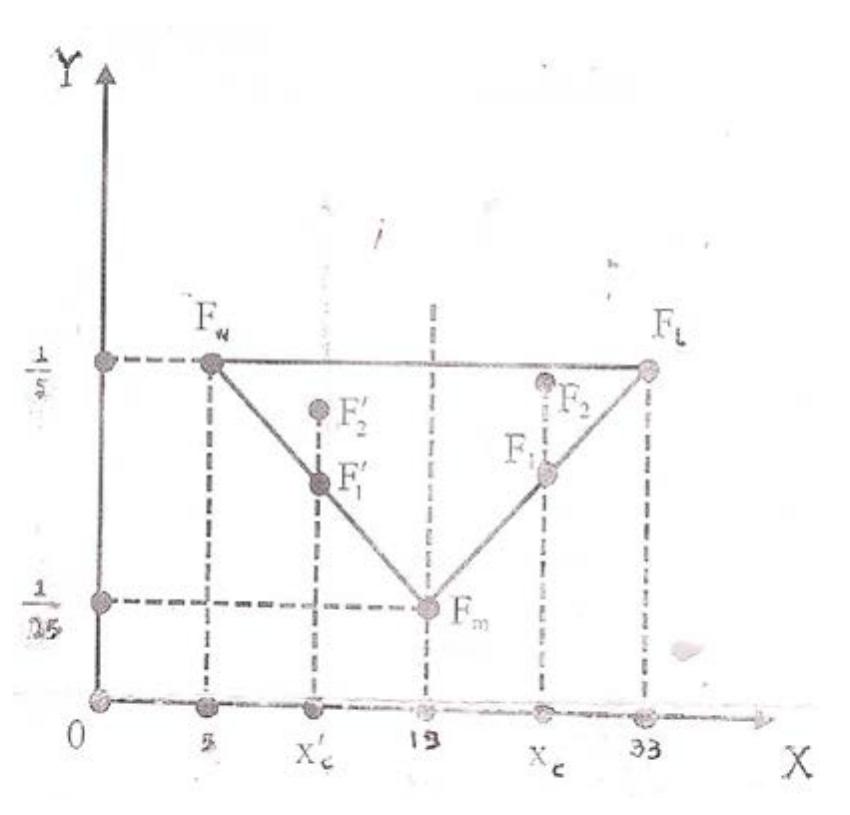Figure 3 – uploaded by Michael Voskoglou

Figure 2 The area where the COG lies 6. We formulate our criterion for comparing the performance of two (or more) groups’ as follows: From elementary geometric observations (see Figure 2) it follows that for two groups the group having the greater X, performs better. Further, if the two groups have the same X,>19, then the group having the COG which is situated closer to Fi is the group with the greater Y,. Also, if the two groups have the same X,<19, then the group having the COG which is situated farther to Fw is the group with the smaller Y,. Based on the above considerations it is logical to formulate our criterion for comparing the two groups’ performance in the following form:

